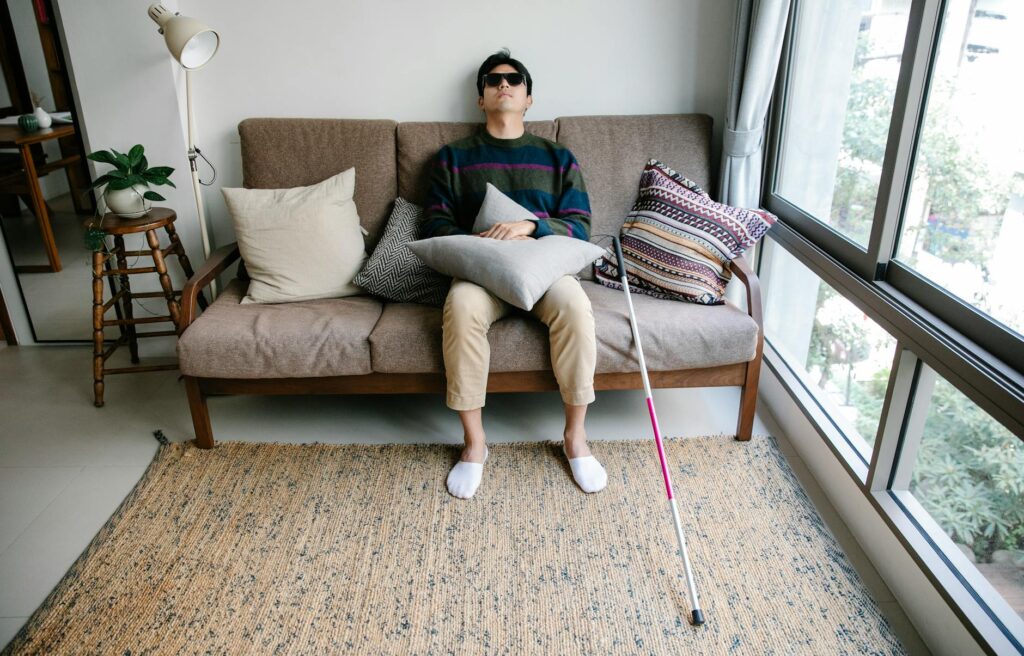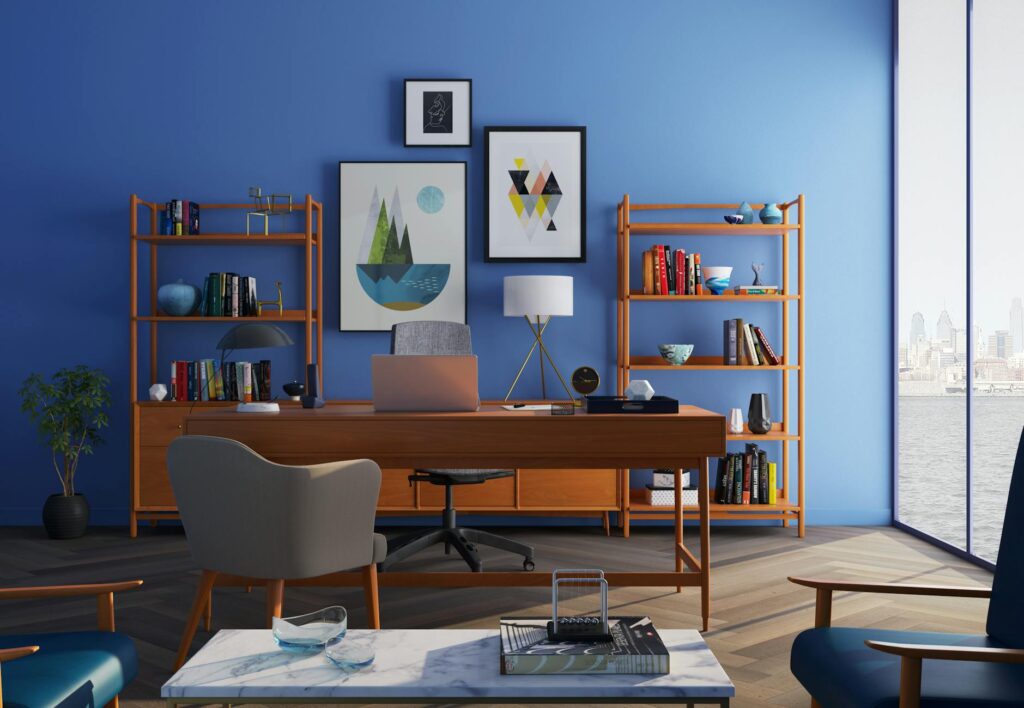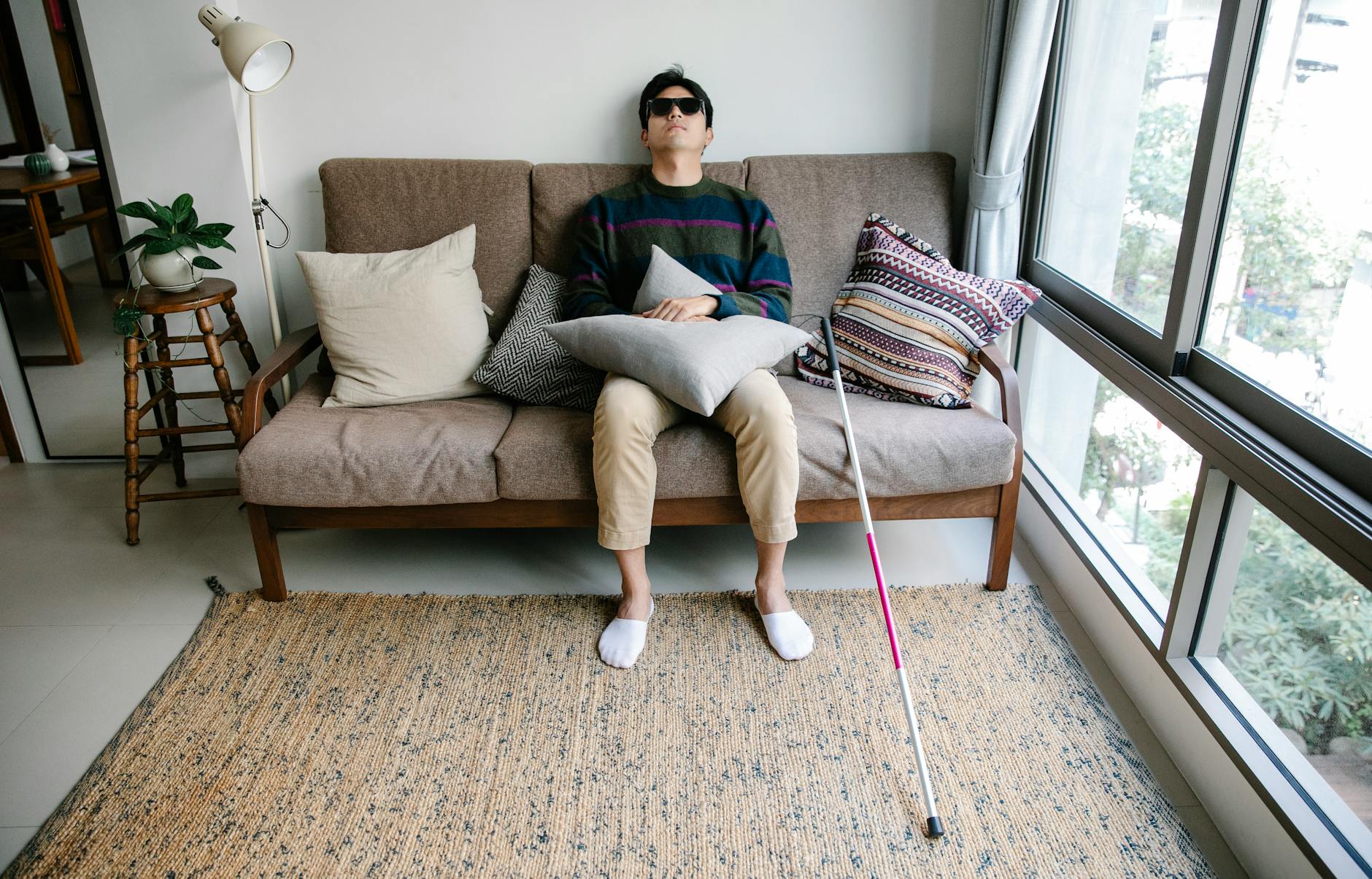A Guide to Layering Light: The Role of the Floor Lamp
When considering how to best light a room, the floor lamp should never be underestimated. All too often, the ubiquitous ceiling fixture takes centre stage, while other lighting elements are deemed supporting cast. Floor lamps, however, serve a crucial role in lighting design, providing a balance of ambient, task and accent lighting that can entirely transform a space.
Just as a painter uses multiple hues and shades to bring depth to a canvas, successful interior lighting design relies on layering light in a room to create depth, character, and interest. Within this concept, the mild, adjustable, and versatile shine of the floor lamp becomes an essential tool.

The Basics of Light Layering
By its definition, light layering is a design strategy employing several different sources of light to create a harmonious and well-balanced interior atmosphere. This approach typically incorporates three main categories of lighting:
- Ambient or general lighting
- Task lighting
- Accent lighting
When effectively combined, they bring a synergy of light that can make any room feel warm, inviting, and functional. And among all the light sources you have at your disposal, the floor lamp often tops the bill.

Why Floor Lamps Matter
Floor lamps, with their vertical presence and often sculptural forms, provide an aesthetic plus alongside their lighting contribution. However, their role goes far beyond that. Let’s give floor lamps the appreciation they deserve and delve deep into their function within a light layered room.
Casting Ambient Light
Ambient light is like the foundation in the painting analogy—it sets the overall lighting level of the room and provides comfortable, uniform light. Thoughtful placement of your floor lamp can help distribute ambient light evenly, reducing harsh shadows and spotlighting. Lamps with light shades or globes that cast light upward can mimic the effect of ceiling fixtures and help to establish a relaxing and inviting atmosphere.

Providing Task Lighting
Task lighting illuminates specific areas to aid activities that require more light, such as reading, cooking, or dressing. Here again, the floor lamp shines—quite literally. Adjustable floor lamps, for instance, can offer directed light exactly where it’s needed. Ideally, these should be placed near the area where the task takes place, such as next to a reading chair or desk.
Creating Accent Lighting
Accent lighting adds drama, highlighting key room features like artwork or architectural detail. It’s the final layer, like the details in a painting, that brings the whole scene to life. A floor lamp can be used strategically to add this type of lighting to a room—think of an arc lamp illuminating a feature wall, or a lamp with a beautiful shade creating its own point of interest.
You can explore more on the essence and effective utilization of accent lighting in our previous blog post here: Understanding and Utilizing Accent Lighting.
The Art of Choosing and Positioning a Floor Lamp
Choosing the perfect floor lamp depends on the needs of your room and your stylistic preferences. Whether you’re looking for something traditional or modern, there’s a floor lamp for every aesthetic. Adjustability in terms of height and direction can also aid in targeting light where you need it. Once you’ve chosen the perfect floor lamp, consider its position in the room. Optimal placement often involves corners or next to furniture like sofas or beds.
Looking for inspiration on choosing the right floor lamp? Check out our extensive guide here: Selecting The Perfect Floor Lamp For Your Space.
The key to achieving well-lighted and aesthetically pleasing spaces is to master the art of light layering. And this is where the role of the floor lamp is vital. With careful consideration and skillful arrangement, your floor lamp can add much more than mere illumination to your room.
Frequently Asked Questions
Q: How tall should a floor lamp be?
A: The height of a floor lamp largely depends on its placement and purpose. If used for task lighting, it should be positioned to provide adequate light without being intrusive. For a comfortable reading light, a lamp should be about 153 cm in height.
Q: Can a floor lamp light up a room?
A: Yes, depending on the lamp’s design. Some floor lamps are designed to diffuse light upward and around the room, creating widespread ambient light.
Q: Where should a floor lamp be placed in a room?
A: Floor lamps are generally versatile and can be placed in various positions. Popular locations include next to a sofa, bed, or in a room’s corner.
Q: Can a floor lamp be used as task lighting?
A: Absolutely. Many floor lamps are designed or can be adjusted for use as task lighting, particularly for reading or other seated activities.
Q: How do I choose the right floor lamp?
A: Factors to consider include the lamp’s style, size, light output, and the room’s existing decor. Always think about what you need the lamp for—general ambiance, reading, or highlighting a particular area?
Q: Can I use LED bulbs in a floor lamp?
A: In most cases, yes. Always check the lamp’s specifications to ensure it’s compatible with LED bulbs. LED bulbs are energy-efficient, longer-lasting and are available in a range of colour temperatures.





